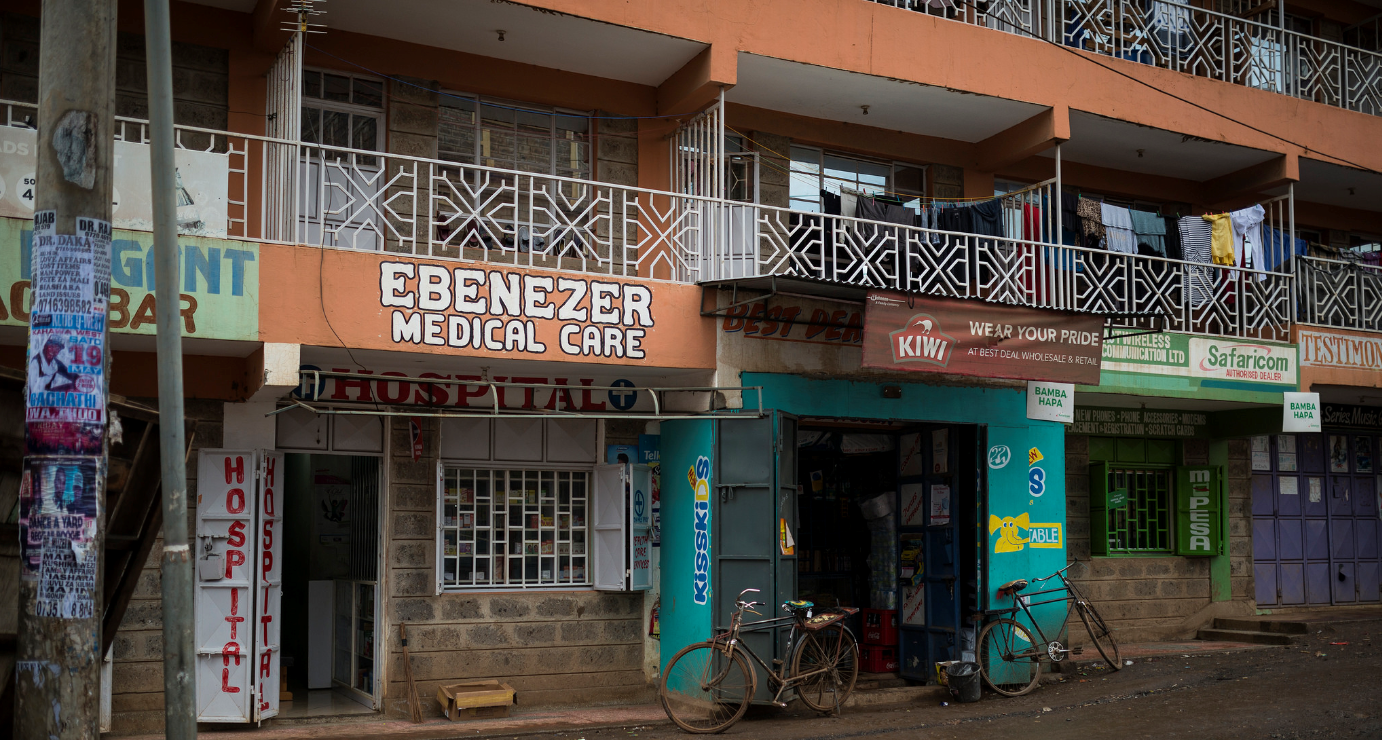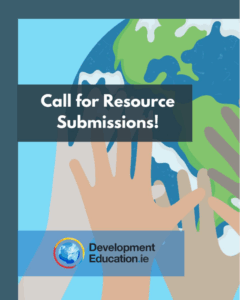‘Health’ and ‘well-being’: does our understanding depend on if we are in a developed or developing country? A final-seven finalist in the 2018 Trinity College Dublin and developmenteducation.ie Development Issues series, Brennan O’Toole explores inequalities in health and treatment services across the world.

Two women wake up in the morning with a hacking cough. The first pours herself a glass of water and takes some over-the-counter cough medicine before driving to her nearby doctor’s office.
After learning that the cough is from a recent sinus infection and receiving a prescription for her local pharmacy, she rests for the afternoon and returns to work the next day.
Half a world away, the second woman wakes up with a similar deep cough.
She knows that she cannot drink the unsanitary tap water in her home and the nearest doctor is miles away. Even if she could walk there, she has far too many tasks to do that day. This woman has tuberculosis and like many other individuals with an illness living in developing countries,will likely not receive a diagnosis, let alone treatment, in the near future.
With such inequalities in health and treatment services  across the world, the United Nations made Good Health and Well-being’ the third aim of its Sustainable Development Goals. However, ‘health’ and ‘well-being’ mean very different things depending on if you live in a ‘developed’ or ‘developing’ country.
across the world, the United Nations made Good Health and Well-being’ the third aim of its Sustainable Development Goals. However, ‘health’ and ‘well-being’ mean very different things depending on if you live in a ‘developed’ or ‘developing’ country.
Urgent health and well-being issues
On the United Nations Development Programme website, the organisation says that the main targets of its health and well-being goal are disease epidemics—HIV and AIDS, malaria, and TB—and the lack of resources that give rise to high child and maternity mortality rates. These are the most urgent health issues for developing states in certain areas of Africa, South America, and Asia and UN efforts are preventing millions of deaths each year.
However, if you ask someone from the United States or Switzerland what their biggest health concerns are, they will likely list non-communicable diseases like cancer, obesity, and depression.
Indeed, in advanced nations, mental rather than physical health has attracted most of the spotlight in wellness discussions over the last couple of years. Dozens of campaigns, such as the U.K. royal family’s ‘Heads Together‘ movement, are currently attempting to provide information and resources for numerous mental health conditions like anxiety, depression, and bipolar disorder.
Along with these attempts to increase exposure for mental health, the US-based Center for Disease Control (CDC) has brought additional importance to the topic when reporting that, in the U.S. alone, over 50% of individuals will be diagnosed with a mental health disorder.
Establishing equality
It is entirely likely that there are similar levels of mental health conditions in developing nations, too. After all, the CDC says that harmful life experiences, such as exposure to abuse and violence, are a primary cause of mental illness. Just as there is an inequality in physical health levels among different areas of the world, individuals in developing areas have little to no access to information or resources for potentially dangerous mental health conditions.
Of course, the emphasis on improving physical health in these areas is understandable and sensible. To this day, the UN reports that six million children around the world die each year before their fifth birthday.
Working to stop the spread of diseases and establishing an efficient treatment system should be the focus of the Sustainable Development Goals. At the same time, however, the widely varying definitions of ‘health’ and ‘well-being’ across developed and developing states is a testament to how far these international goals still have to go to establish true equality.
Solving one piece of the health puzzle is excellent in the short-run, but down the line there are still other layers that have yet to be addressed.
- Featured photo: 18 5 banda project Kahawa west clinic photos 01, Kenya by SIM East Africa. May 23, 2018 via Flickr (CC BY-SA 2.0)





